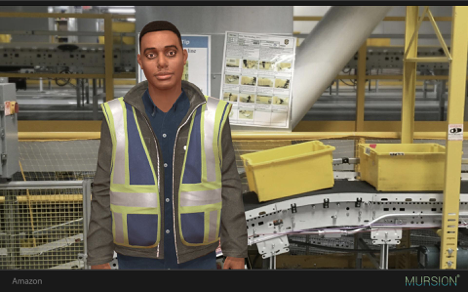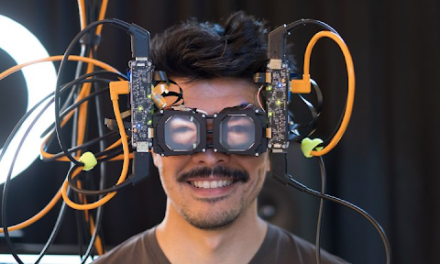Virtual and Augmented reality, both being immersive experiences can both considered empathy technologies when used for the specific purpose of teaching empathy. In education and corporate training alike, there has been more and more emphasis put on the role of empathy – to create true connection and collaboration.
We are now on the cusp of another breakthrough in empathy technologies that have their roots in education. Empathy technologies expand our access to diverse literature, allow us to more deeply understand each other and create opportunities for meaningful collaboration across racial, cultural, geographic and class backgrounds. The new empathy technologies don’t leave diversity of thought to chance; rather, they intentionally build for it. Demand for these tools originates from educators both in schools and corporate environments who have a mandate around successful collaboration. Teachers who are on the front lines of this growing diversity consider it their job to help students and employees become better perspective-takers.
These new empathy technologies are very different than social media platforms, which once held so much promise to connect us all in an online utopia. The reality is that social media has moved us in the opposite direction. Instead, our platforms have us caught in an echo chamber of our own social filters, rarely exposed to new perspectives. These new empathy technologies are very different than social media platforms, which once held so much promise to connect us all in an online utopia. The reality is that social media has moved us in the opposite direction. Instead, our platforms have us caught in an echo chamber of our own social filters, rarely exposed to new perspectives
To deepen employees’ empathy, cutting-edge corporations like Amazon are using virtual environments like Mursion to practice challenging interpersonal interactions. Mursion’s virtual simulations are powered by trained human actors who engage in real-time conversations with employees. I tried it out by role-playing a manager discussing mandatory overtime with a line worker who was struggling to keep two part-time jobs. The line worker described to me how last-minute overtime requests threw his schedule into chaos, put his second job at risk and impacted his childcare situation. What the broader tech industry can take away from educators’ adoption of empathy technologies is that storytelling, elevating common elements of the human condition and taking a humanist approach to building products will help us break out of our tiny echo chambers and, by doing so, enrich our own lives.






